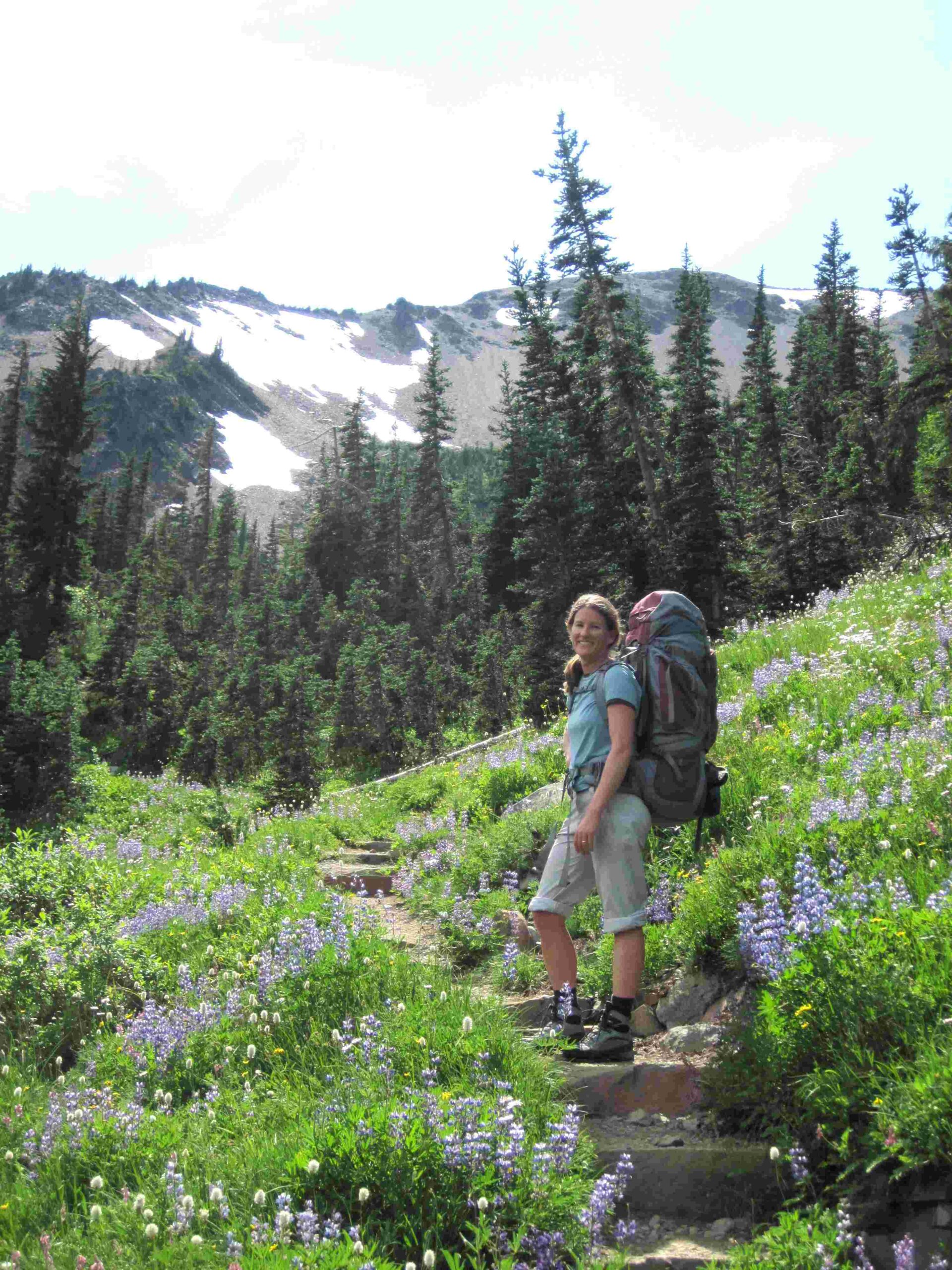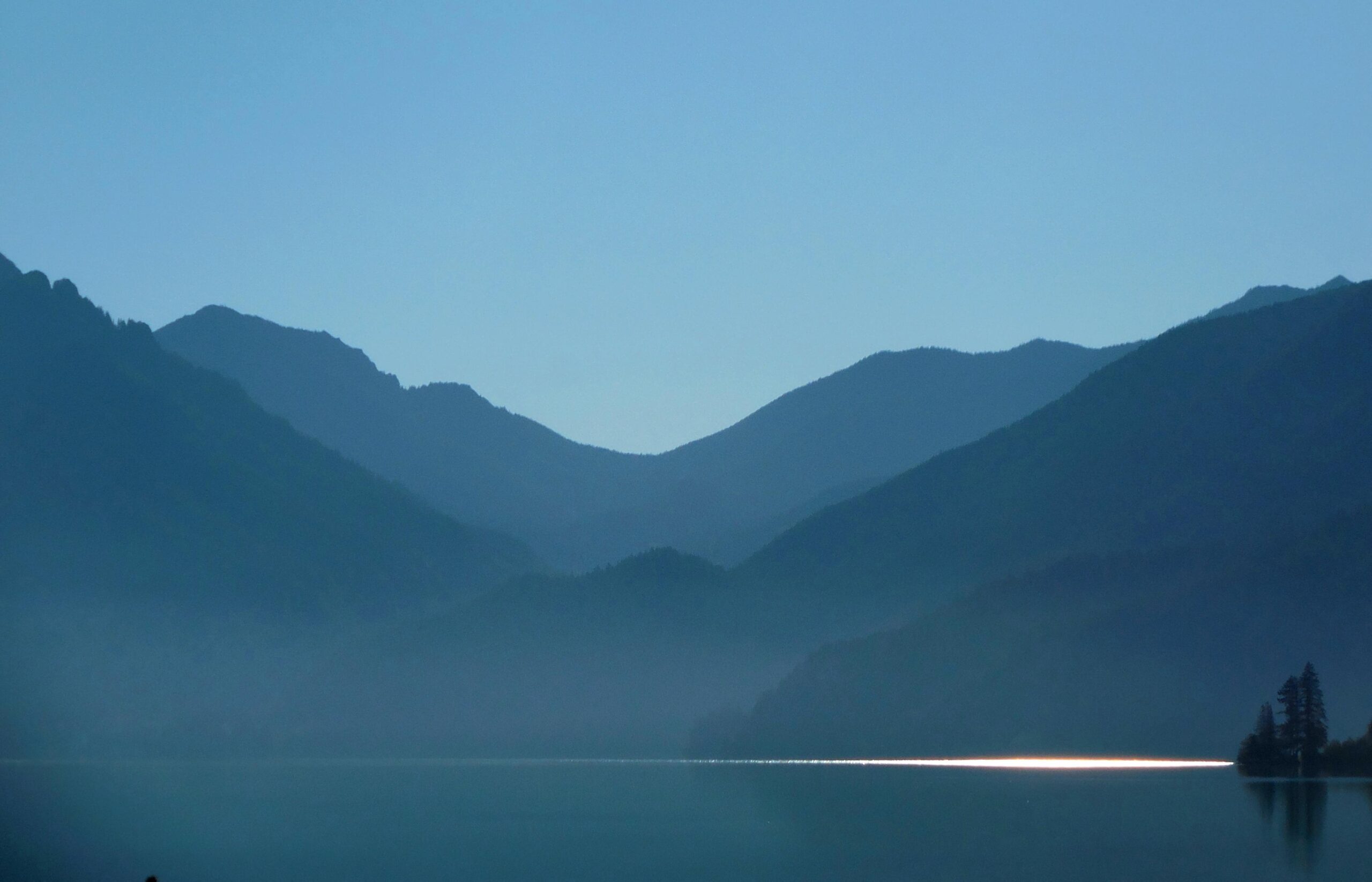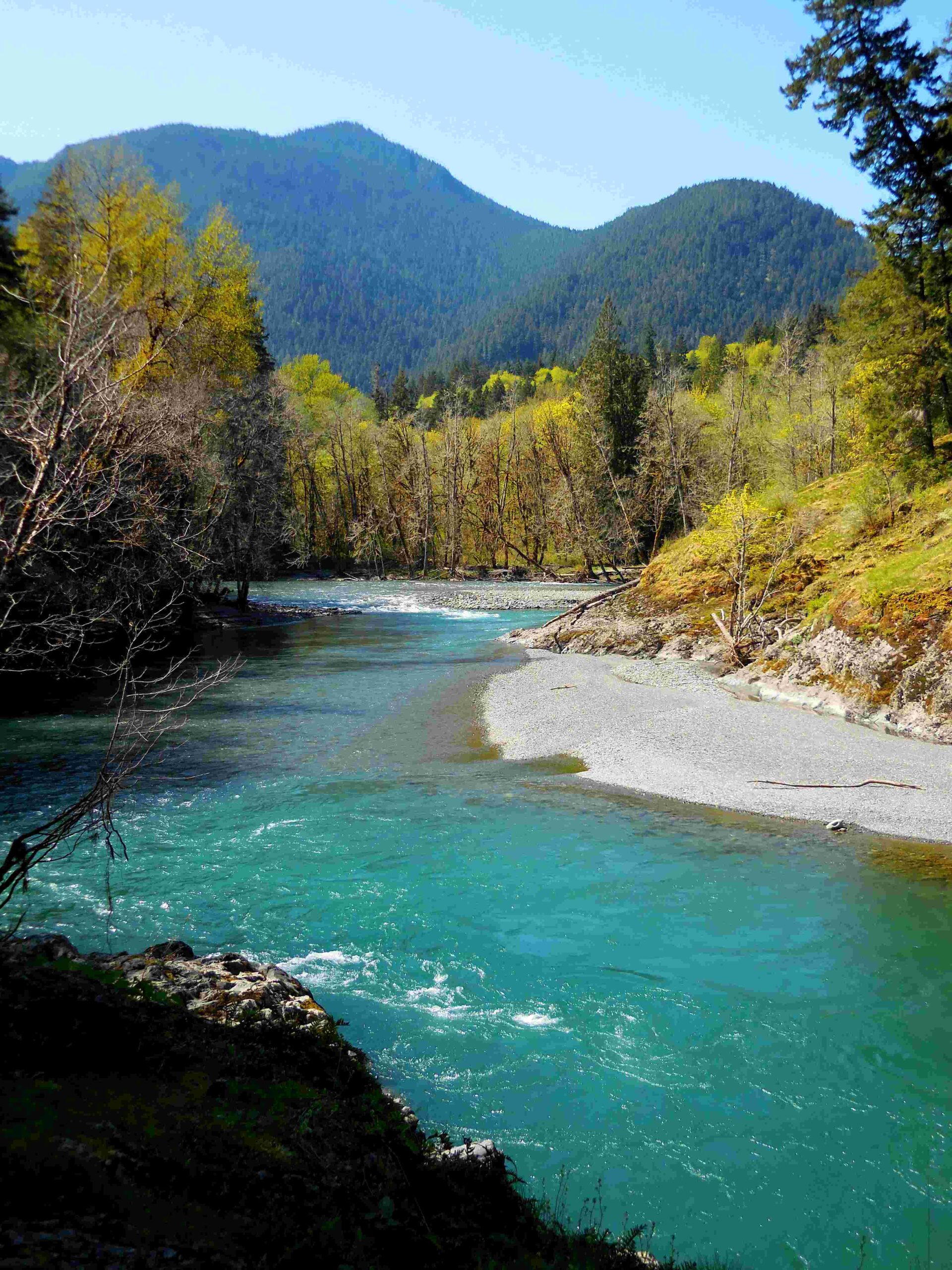The Quinault Rain Forest in Olympic National Park, Washington State, is a temperate rainforest known for its lush vegetation, diverse wildlife, and abundant rainfall. Located in the southwestern part of the Olympic Peninsula, this pristine ecosystem receives an average of 140 inches of rain annually, creating a unique and captivating environment. The forest is home to towering trees, including Sitka spruce and Western red cedar, as well as a variety of plant and animal species adapted to the wet climate.
What Makes Quinault Rain Forest Unique?

Quinault Rain Forest stands out as one of the few temperate rainforests in the United States. Its location within Olympic National Park provides protection for its diverse ecosystem and offers visitors a chance to experience a rare and enchanting natural environment. The forest’s high rainfall, mild temperatures, and rich biodiversity create a magical atmosphere that draws nature enthusiasts and researchers alike.
What Are the Must-See Attractions in Quinault Rain Forest?

- Lake Quinault: A serene body of water surrounded by lush forest, perfect for fishing, boating, and scenic drives.
- World’s Largest Sitka Spruce: A massive tree over 1,000 years old with a circumference of 58 feet.
- Quinault Loop Trail: A 4-mile trail showcasing the forest’s diverse flora and fauna.
- Enchanted Valley: A remote and scenic area known for its stunning views and historic chalet.
- Waterfalls: Several cascades, including Merriman Falls and Bunch Falls, are accessible via short hikes.
What Wildlife Can Visitors Expect to See?
The Quinault Rain Forest is home to a diverse array of wildlife, including:
- Roosevelt Elk
- Black Bears
- Bald Eagles
- River Otters
- Salmon (various species)
- Numerous bird species
Visitors should remember to observe wildlife from a safe distance and never feed or approach animals.
What Are the Best Hiking Trails in Quinault Rain Forest?
| Trail Name | Distance | Difficulty | Highlights |
|---|---|---|---|
| Quinault Loop Trail | 4 miles | Easy | Lake views, old-growth forest |
| Quinault Rain Forest Nature Trail | 0.5 miles | Easy | Interpretive signs, boardwalk |
| Pony Bridge Trail | 5 miles | Moderate | River views, suspension bridge |
| Enchanted Valley Trail | 26 miles | Difficult | Remote wilderness, historic chalet |
| Big Sitka Spruce Trail | 0.3 miles | Easy | World’s largest Sitka spruce |
How Does the Climate Affect Visitor Experience?
The Quinault Rain Forest’s climate is characterized by:
- High annual rainfall (140 inches on average)
- Mild temperatures year-round
- Frequent mist and fog
Visitors should be prepared for wet conditions and pack appropriate gear, including:
- Waterproof jackets and pants
- Sturdy, water-resistant hiking boots
- Layers for changing temperatures
- Rain covers for backpacks
What Are the Best Seasons to Visit Quinault Rain Forest?
Each season offers a unique experience in the Quinault Rain Forest:
- Spring: Wildflowers bloom, and waterfalls are at their peak flow.
- Summer: Driest and warmest months, ideal for hiking and outdoor activities.
- Fall: Vibrant foliage colors and increased wildlife activity.
- Winter: Quietest season, with opportunities for storm watching and solitude.
How Can Visitors Contribute to Conservation Efforts?
- Stay on designated trails to prevent erosion and protect vegetation.
- Practice Leave No Trace principles by packing out all trash.
- Avoid disturbing wildlife or removing natural objects from the forest.
- Support local conservation organizations through donations or volunteer work.
- Educate others about the importance of preserving this unique ecosystem.
What Accommodations Are Available Near Quinault Rain Forest?
Visitors have several options for lodging near the Quinault Rain Forest:
- Lake Quinault Lodge: Historic lodge offering rooms and dining with lake views.
- Campgrounds: Several campgrounds within Olympic National Park and Forest.
- Vacation rentals: Cabins and homes available for rent in nearby communities.
- Resorts: A few resorts in the area offer amenities and easy access to the forest.
How Can Visitors Plan a Responsible and Enjoyable Trip?
- Check current park conditions and trail status before visiting.
- Obtain necessary permits for camping or backcountry travel.
- Respect wildlife and maintain a safe distance.
- Be prepared for changing weather conditions.
- Support local businesses and communities during your visit.
By following these guidelines and respecting the natural environment, visitors can help preserve the Quinault Rain Forest for future generations while enjoying its unique beauty and tranquility.

